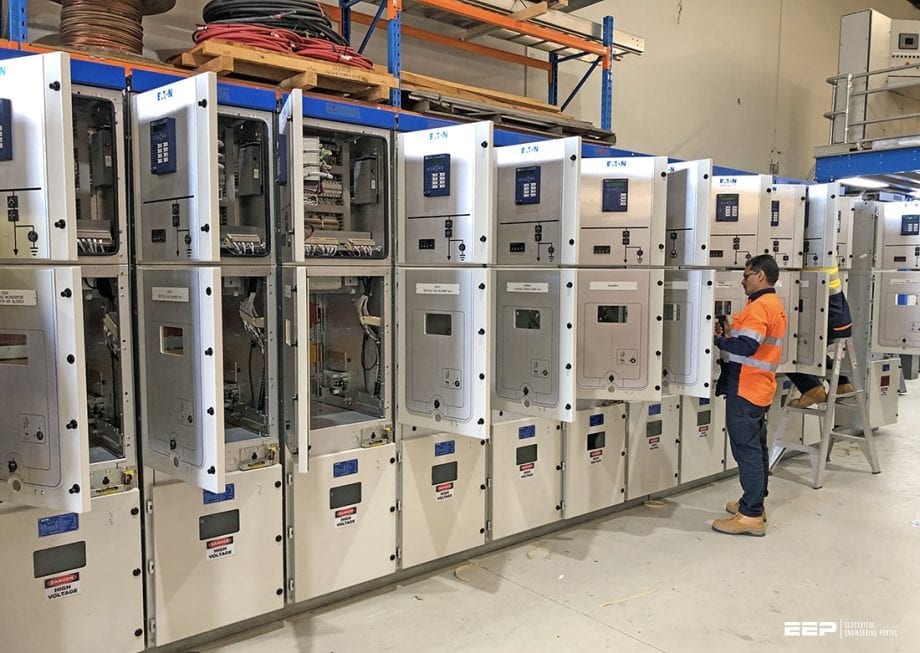The average lifespan of switchgear is 20 to 25 years. Beyond this period, wear and tear on a switchgear can negatively affect its three basic functions, namely, electrical protection, control, and isolation.
This can result in financial losses should the system fail to protect electrical equipment from power surges. Employee safety is also significantly compromised when the switchgear in use is no longer in good working condition.
To avoid such problems, you’d want to upgrade or replace your switchgear before they become inefficient. But how should you decide when it’s time to replace or upgrade? Here are five questions you need to ask yourself:
What Is The Severity Of The Problem?
This should be the first thing you should ask when considering whether to replace or upgrade your switchgear. The current inefficiencies you’re experiencing with the system could be caused by some of the components. It could be the lighting switches, fuses, isolators, circuit breakers, current transformers, or protective relays. If that’s the case, it’d be wise to replace only the defective component while leaving the rest of the switchgear system intact.
Luckily, you can quickly get such components from local or online stores at good prices, like from this Lightning Switches Collection or other similar selections.
If the inefficiencies stem from a larger underlying issue with the entire unit, you’d want to replace the whole unit. This is because replacing all the individual components might end up being more expensive than purchasing a new complete unit. And that brings you to the next point on costs.
What Are The Costs Involved?
When evaluating the costs involved, make sure to calculate both the initial costs and the projected future maintenance costs. In most cases, a retrofit solution is less costly than a complete replacement in terms of the initial capital costs. However, it’d help if you determined the likelihood of other components wearing out and needing replacement in the near future. The seemingly small costs can accumulate to a significant figure within a few years.
On the other hand, replacing the entire switchgear unit may be expensive at first, but with the assurance of negligible maintenance costs in the coming years. So, make a point of carefully balancing these costs and settling for the more cost-effective option.
Are There Spare Parts Available?
There’s no denying that new technologies are developing at a much faster rate than the average lifespan of a typical switchgear. As mentioned earlier, manufacturers design switchgears to last about 20-25 years. Some even outperform this estimated lifespan and work for more than 30 years.
During this period, you can be sure that technology has evolved and some of the components rendered outdated. For instance, the circuit breakers used 30 years ago might no longer be available in the market. Manufacturers may have long ceased producing them, and therefore, you can’t find the same model and design for replacement. In such a case, it’s only feasible to replace the whole switchgear system.
How much downtime can you tolerate?
Most industrial establishments and homes are so dependent on electric power that they can’t survive a couple of hours without electricity. If this is the case for your property, then a complete replacement might not be a feasible option because dismantling the old switchgear system and installing a new one in its place might take too much time. This may take several days or weeks, depending on how big the system is.
On the contrary, upgrading your switchgear system can take just a couple of minutes, especially if the failed component is easily accessible. This means a brief downtime won’t significantly affect your operations.

Are There Accessibility Limitations?
It’s possible that the building housing your switchgear unit and the rest of the system has structural components with asbestos. If that’s the case, then it’d be too risky to go about dismantling the old system. You may need to hire professionals that can handle toxic substances for the sake of your health.
Also, the access doors to the electrical room matter a lot. Perhaps the older switchgear system fitted snugly through the doors because of their small size. If the new system is dimensionally bigger than the access doors, you may have to request the supplier to split the shipments into manageable parts.
Lastly, you must make sure that the available space is enough to accommodate your new system. If it’s too small, and you don’t plan to build a new electrical room, it’d be more appropriate to just upgrade the old switchgear unit.
Conclusion
When your switchgear system gets less efficient and safe, it’s time to either replace or upgrade it. These two options have their pros and cons, so it’s you should carefully evaluate the system and settle on the more feasible option. The five questions discussed above should help you make the right decision and keep your electrical system running as efficiently as possible.







